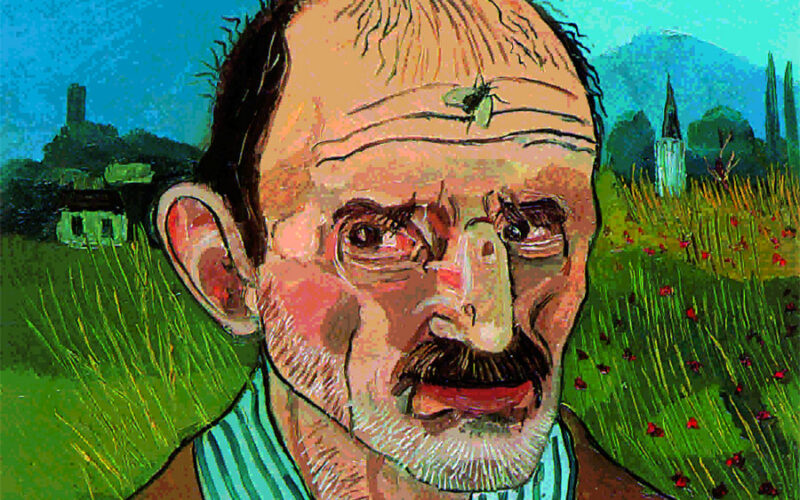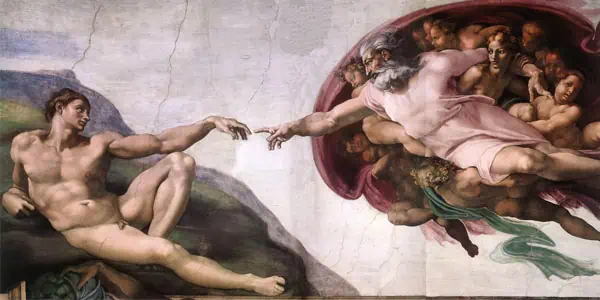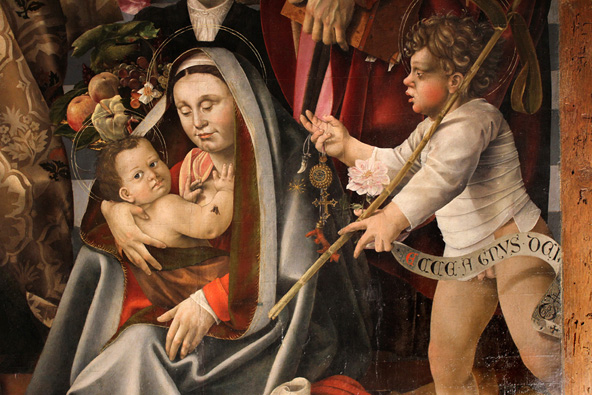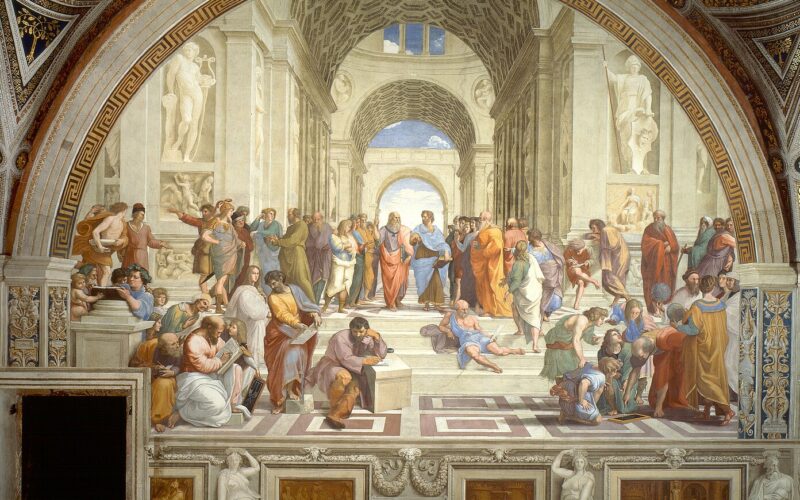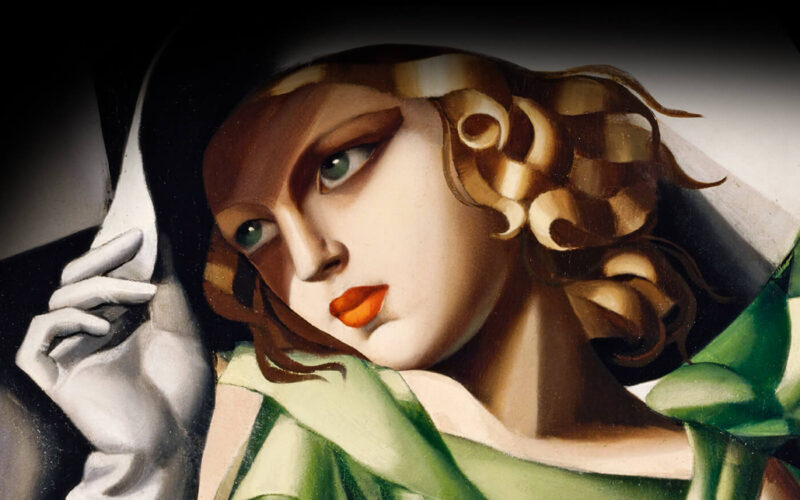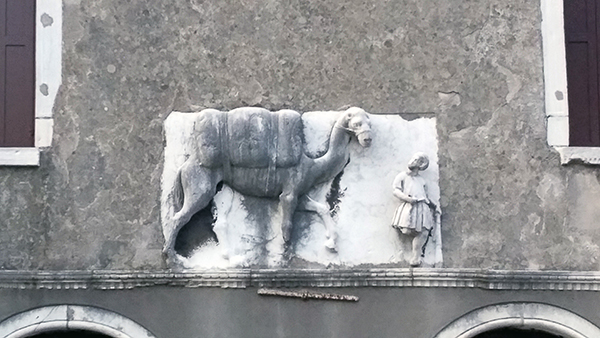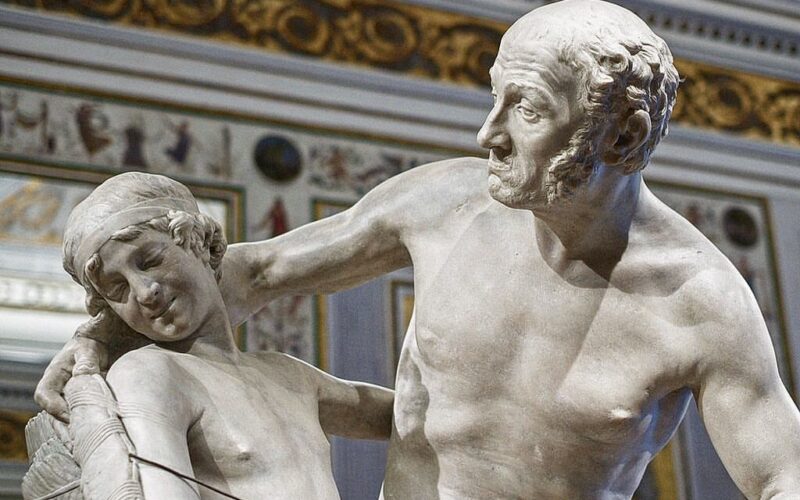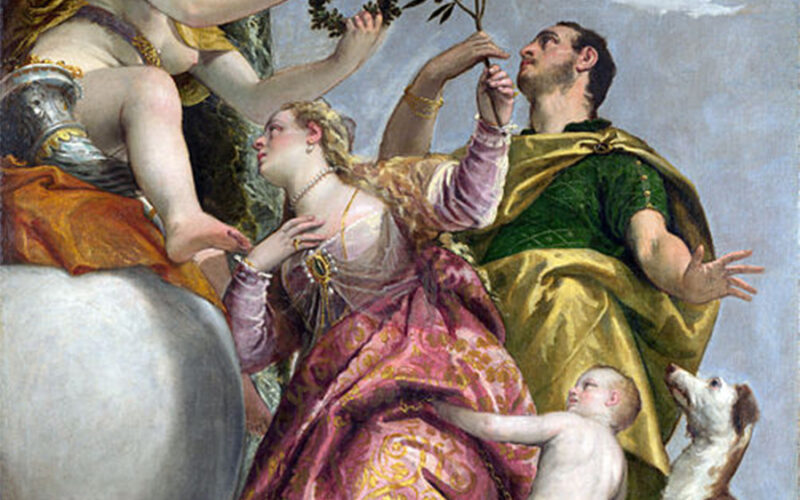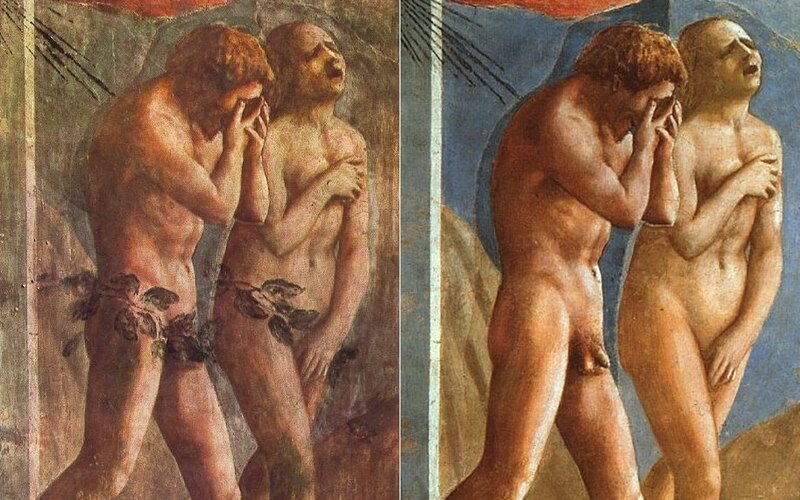
Unveiling Art’s Truth: Nudity, Censorship, and Cultural Sensitivity
In the pulsating heart of Florence, within the Brancacci Chapel, lies one of the most eloquent examples of Renaissance genius: Masaccio's fresco depicting the Expulsion of Adam and Eve from the Earthly Paradise. This work, hidden for centuries under layers of paint that masked its essential nudity, has undergone meticulous restoration, revealing the artist's original vision. The removal of the modest additions unveiled not just nude bodies, but also a raw, tangible emotion: the acute pain of loss and shame.This revelation marked a turning point, a breath of freedom in a world that often tried to bridle art within the…

